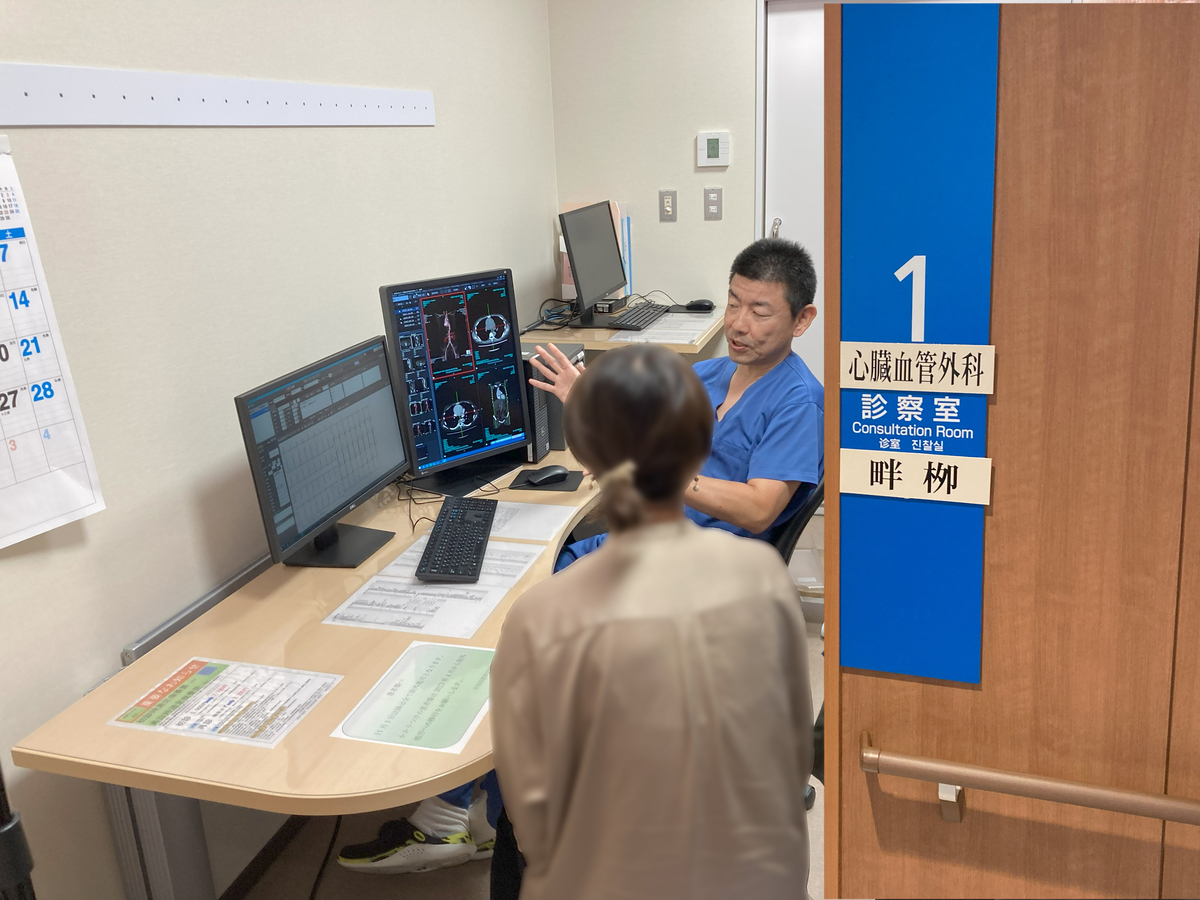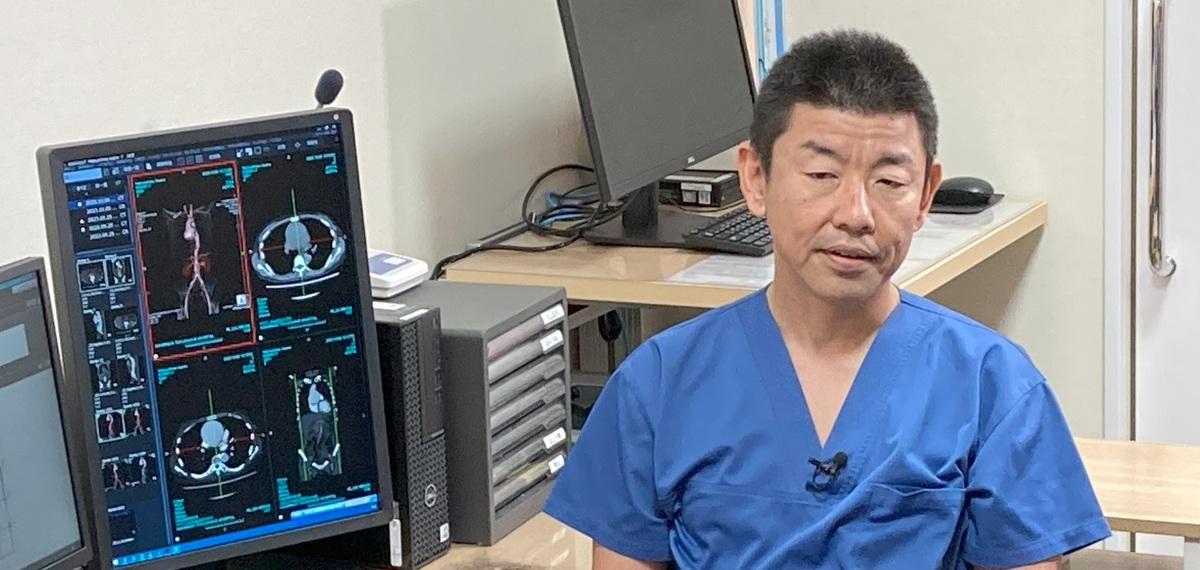- Internal Medicine
Treatment of Lower Limb Obstructive Arteriosclerosis【Kishiwada Tokushukai Hospital】






for more information about this program,
please contact us here
please contact us here
other program on this facility
similar program available
in the same area
in the same area





